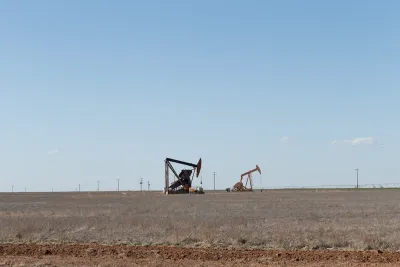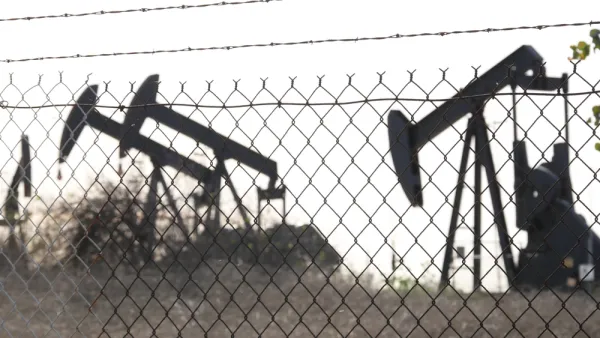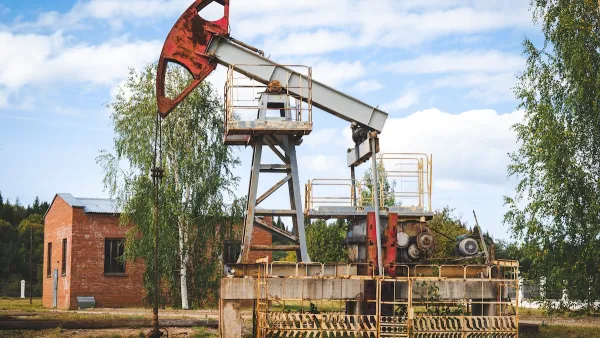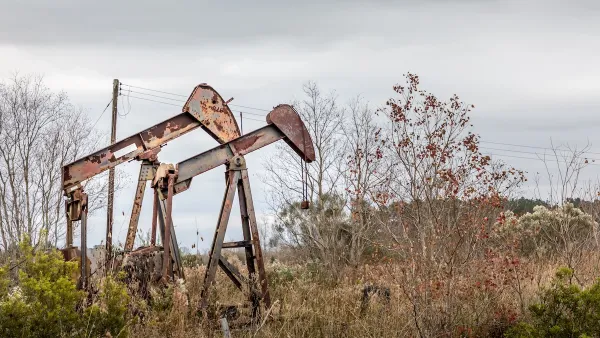Abandoned oil and gas wells across the U.S. pose significant environmental, health, and safety risks, with many leaking hazardous gases and chemicals, highlighting regulatory failures and the immense financial burden of remediation.

Abandoned oil and gas wells, known as “zombie wells,” pose significant environmental and safety risks across the United States. An estimated 3.5 million wells are scattered nationwide, with many leaking hazardous substances such as methane, benzene, and hydrogen sulfide. Communities near these wells face threats ranging from water contamination to catastrophic explosions. In West Texas, rancher Laura Briggs’ property is marred by leaking orphan wells, highlighting regulatory failures and the immense challenges of managing abandoned sites.
An ABC News investigation tested 76 abandoned wells across five states, discovering leaks in 40 of them. Leaking wells were found in a variety of locations, from Kansas farms to Los Angeles hiking trails, emitting combustible gases and toxic chemicals. Offshore, seven out of ten wells tested near Houston were leaking. The findings underscore the scope of the problem, with abandoned wells emitting potent greenhouse gases and carcinogens that threaten public health and accelerate climate change.
The cost of plugging orphan wells is staggering, with estimates exceeding $250 billion nationwide. States like Texas face mounting pressure to address the issue, yet available funds cover only a fraction of the need. Current bonding requirements for oil companies often fall short, leaving taxpayers to foot the bill. Attempts to reform regulations face resistance from industry groups, perpetuating a cycle where neglected wells remain unaddressed, endangering both communities and ecosystems.
Thousands of abandoned wells lie buried beneath U.S. cities, including Los Angeles, where methane vents disguised as fence posts reveal the hidden danger. Residents of neighborhoods like Vista Hermosa face elevated health risks, with illnesses linked to long-term exposure to leaking wells. Along hiking trails in El Escorpion Park, leaking wells continue to emit dangerous levels of gas. Regulatory agencies acknowledge the risks and promise action, but progress remains slow, leaving residents and the environment vulnerable.
FULL STORY: Abandoned oil and gas wells in US bring fears of leak dangers, ABC News investigation finds

National Parks Layoffs Will Cause Communities to Lose Billions
Thousands of essential park workers were laid off this week, just before the busy spring break season.

Retro-silient?: America’s First “Eco-burb,” The Woodlands Turns 50
A master-planned community north of Houston offers lessons on green infrastructure and resilient design, but falls short of its founder’s lofty affordability and walkability goals.

Delivering for America Plan Will Downgrade Mail Service in at Least 49.5 Percent of Zip Codes
Republican and Democrat lawmakers criticize the plan for its disproportionate negative impact on rural communities.

Test News Post 1
This is a summary

Test News Headline 46
Test for the image on the front page.

Balancing Bombs and Butterflies: How the National Guard Protects a Rare Species
The National Guard at Fort Indiantown Gap uses GIS technology and land management strategies to balance military training with conservation efforts, ensuring the survival of the rare eastern regal fritillary butterfly.
Urban Design for Planners 1: Software Tools
This six-course series explores essential urban design concepts using open source software and equips planners with the tools they need to participate fully in the urban design process.
Planning for Universal Design
Learn the tools for implementing Universal Design in planning regulations.
EMC Planning Group, Inc.
Planetizen
Planetizen
Mpact (formerly Rail~Volution)
Great Falls Development Authority, Inc.
HUDs Office of Policy Development and Research
NYU Wagner Graduate School of Public Service





























